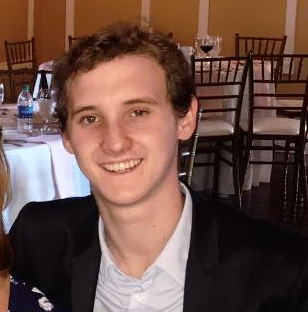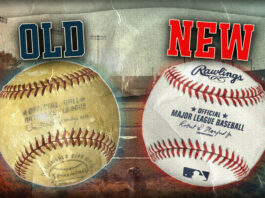
Here’s a statistical surprise that’ll make you rethink everything: more Hall of Famers hail from states without MLB teams than from New York and California combined. Baseball’s talent distribution resembles a perfectly scattered hit chart—greatness emerges from the most unexpected coordinates. You’ll discover how frozen tundra in Alaska and sun-baked fields in New Mexico produced legends who rewrote the record books. These geographic underdogs didn’t just reach the majors—they dominated them.
10. Alaska: Curt Schilling
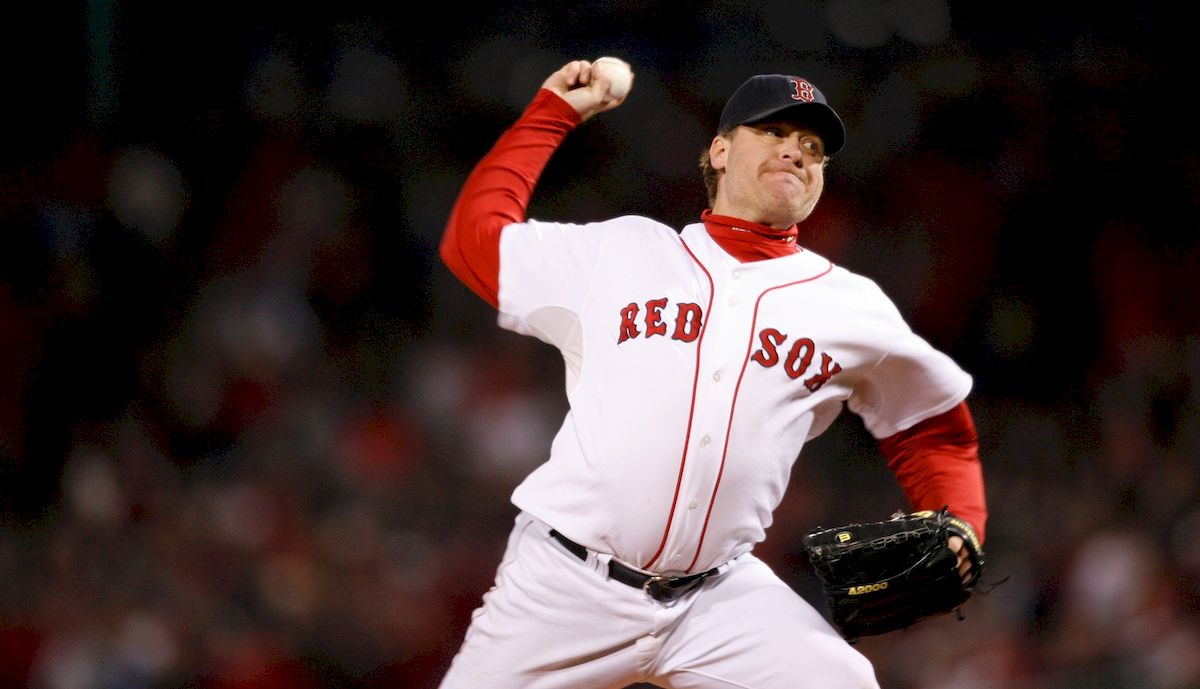
Alaska might seem like the last place to develop Hall of Fame talent, but Curt Schilling turned that notion into frozen roadkill. Born in Anchorage, the right-hander accumulated 216 career wins and over 3,000 strikeouts. His three Cy Young runner-up finishes showcased consistent excellence that belonged in Cooperstown.
Schilling’s postseason heroics defined clutch pitching. He captured World Series MVP honors while bleeding through his sock—literally. The Alaska native practiced in sub-zero temperatures, developing mental toughness that separated champions from also-rans.
9. Wyoming: Tom Browning

Wyoming produced fewer major leaguers than most high schools produce yearbook photos, but Tom Browning made every appearance count. The left-hander’s 12-year career included 123 wins and four league-leading seasons in starts. His 1988 campaign peaked with 20 victories and an All-Star selection.
Then came September 16, 1988—the night Wyoming entered baseball immortality. Browning threw a perfect game against the Dodgers, proving that greatness doesn’t require zip codes with area codes anyone recognizes.
8. Montana: Dave McNally
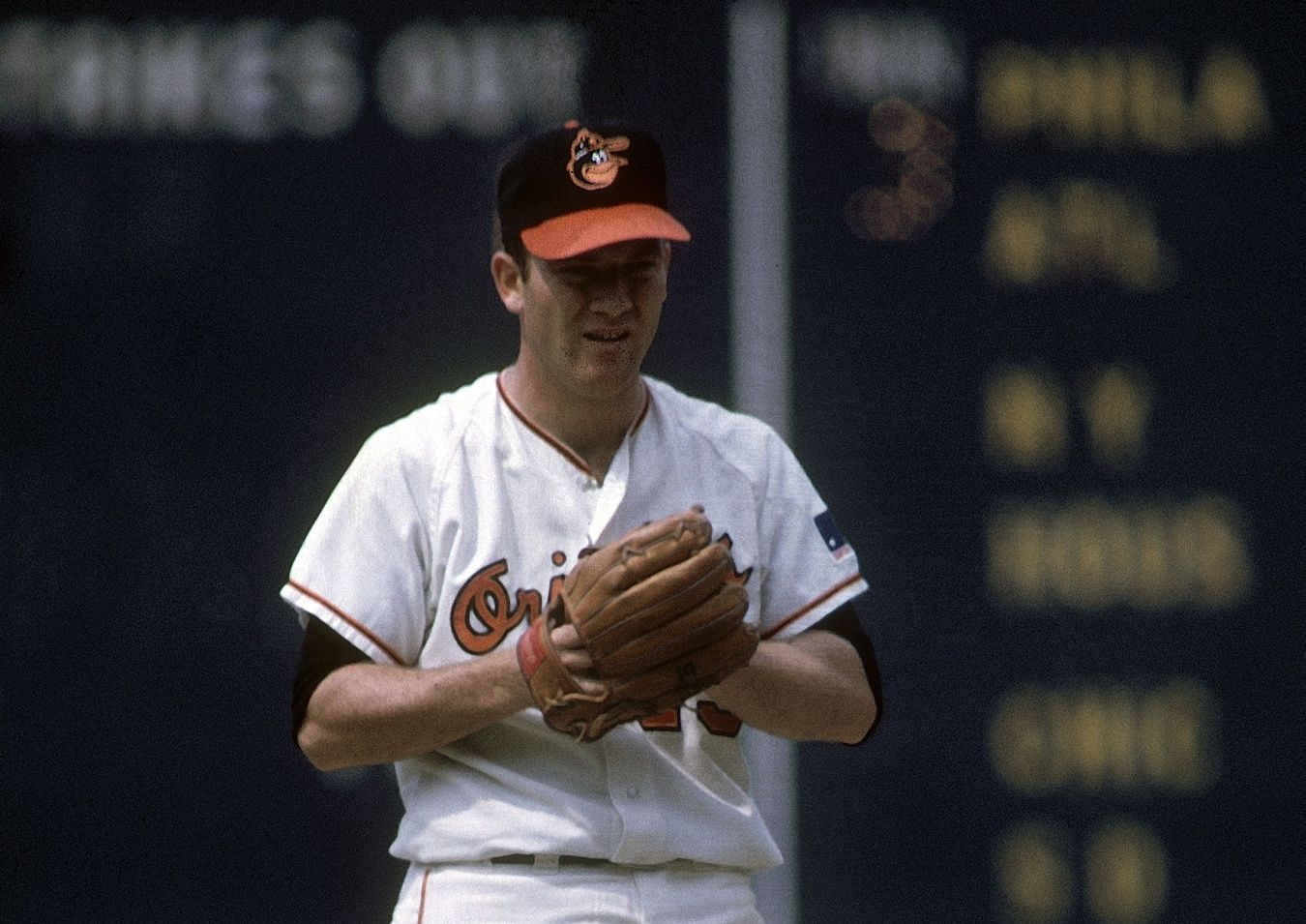
Billings, Montana bred the kind of consistent excellence that championship teams require. Dave McNally delivered exactly that during his 14-year career, accumulating 184 wins while making three All-Star appearances. His reliability anchored Baltimore’s dominant 1960s and 1970s rotations.
McNally led the league in WHIP and earned three top-five Cy Young finishes. He contributed to two World Series titles with the Orioles. Montana’s understated approach produced a pitcher who valued team success over individual accolades.
7. Idaho: Harmon Killebrew

Payette, Idaho produced baseball’s purest power hitter in Harmon Killebrew. The 13-time All-Star finished with 573 career home runs, leading the American League six times in that category. His 1969 MVP season showcased elite performance with a 1.011 OPS.
Killebrew’s approach emphasized patience and explosive power. He transferred lower-body strength into devastating contact, creating a template for future sluggers. Study his swing mechanics—they unlock maximum hitting potential for aspiring power hitters everywhere.
6. Vermont: Carlton Fisk
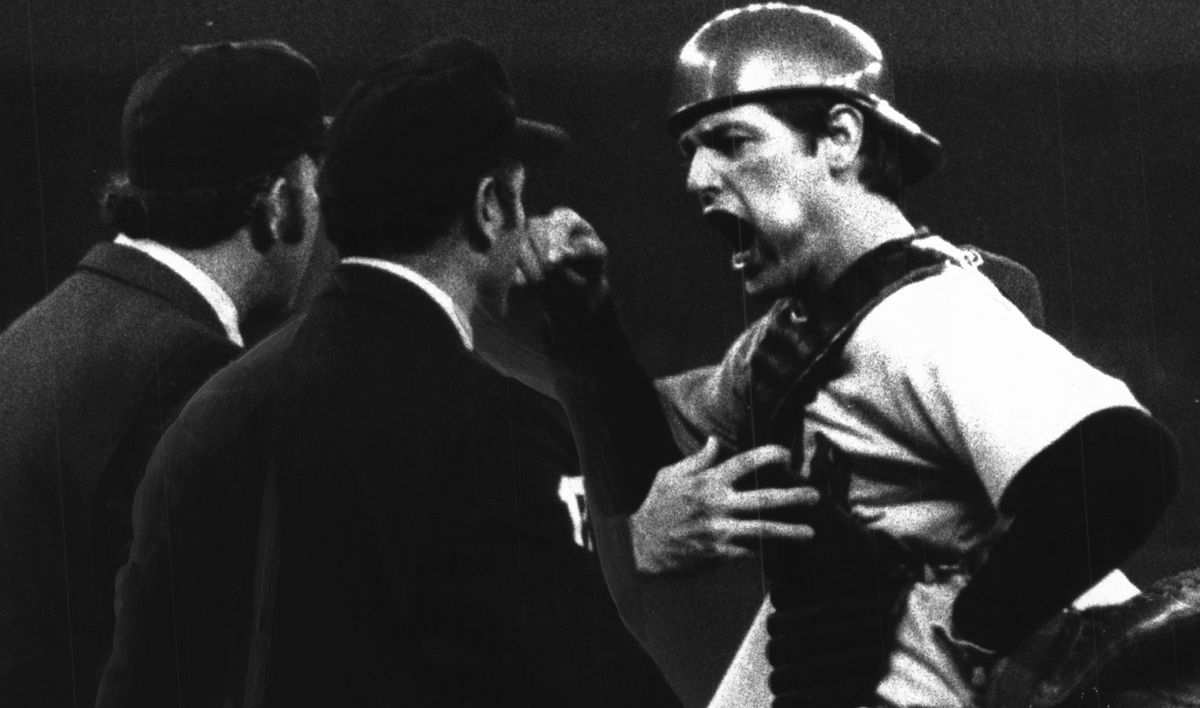
Bellows Falls, Vermont gave baseball one of its toughest catchers in Carlton Fisk. Though raised in New Hampshire, his Vermont birthplace claims this legend. Fisk amassed 2,356 hits and 376 home runs while earning 11 All-Star selections and one Gold Glove.
His durability separated him from other catchers. Fisk’s leadership behind the plate proved immeasurable, calling games for pitching staffs across two decades. His career demonstrates that statistics only capture part of baseball’s compelling story about true impact players.
5. Hawaii: Shane Victorino
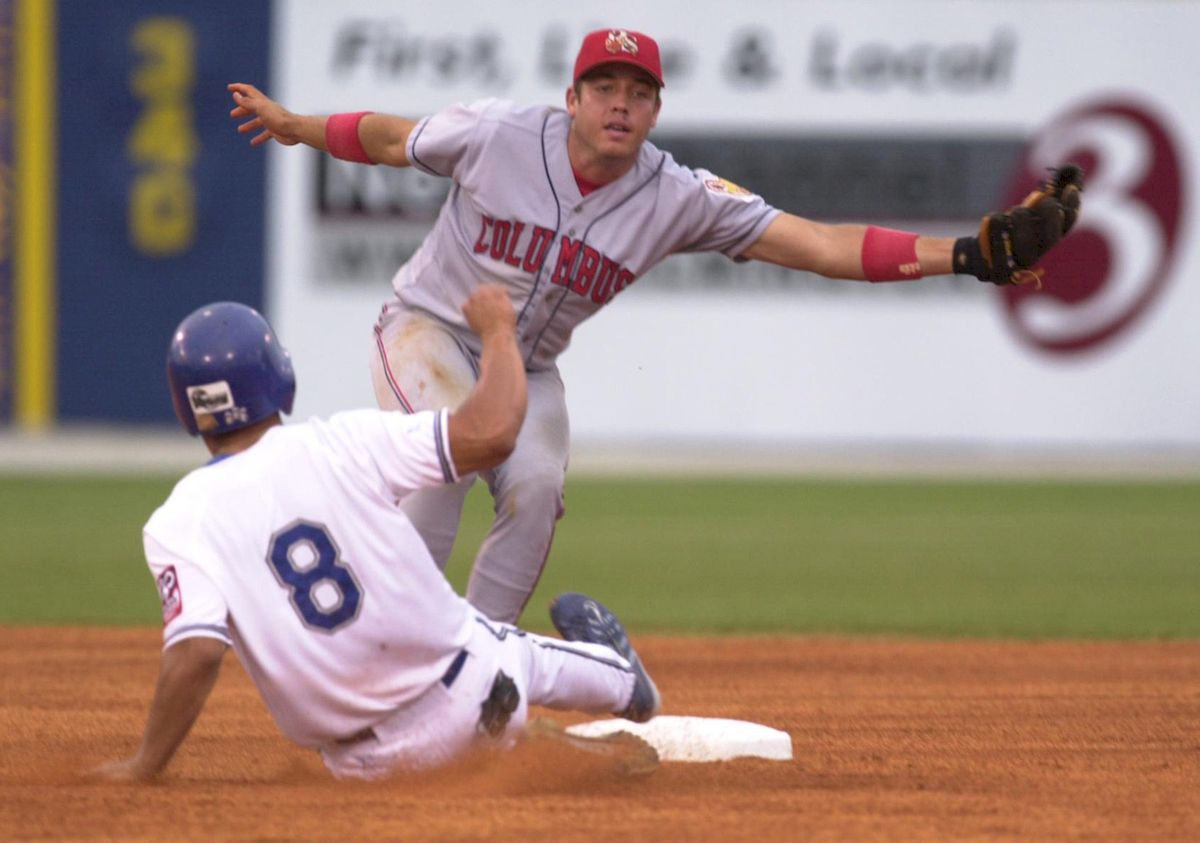
Wailuku, Maui launched Shane Victorino‘s remarkable MLB journey. “The Flyin’ Hawaiian” combined speed with defensive excellence, earning four Gold Gloves and two All-Star selections. He led the league in triples during both All-Star seasons, showcasing his unique skill set.
Victorino contributed to two World Series championships with clutch October performances. His speed and defense transformed games in crucial moments. Every Hawaiian community celebrates his legacy as proof that dreams from paradise can reach baseball’s highest peaks.
4. Colorado: Roy Halladay

Denver, Colorado produced baseball’s most dominant modern pitcher in Roy Halladay. The right-hander captured two Cy Young Awards and seven top-five finishes while exceeding 200 career wins. His perfect game and postseason no-hitter showcased unwavering mental focus.
Halladay’s success stemmed from unmatched work ethic and preparation. He led the league seven times in complete games and four times in innings pitched. Colorado’s greatest baseball export reminds everyone to pursue excellence through dedicated perseverance.
3. Nebraska: Grover Alexander
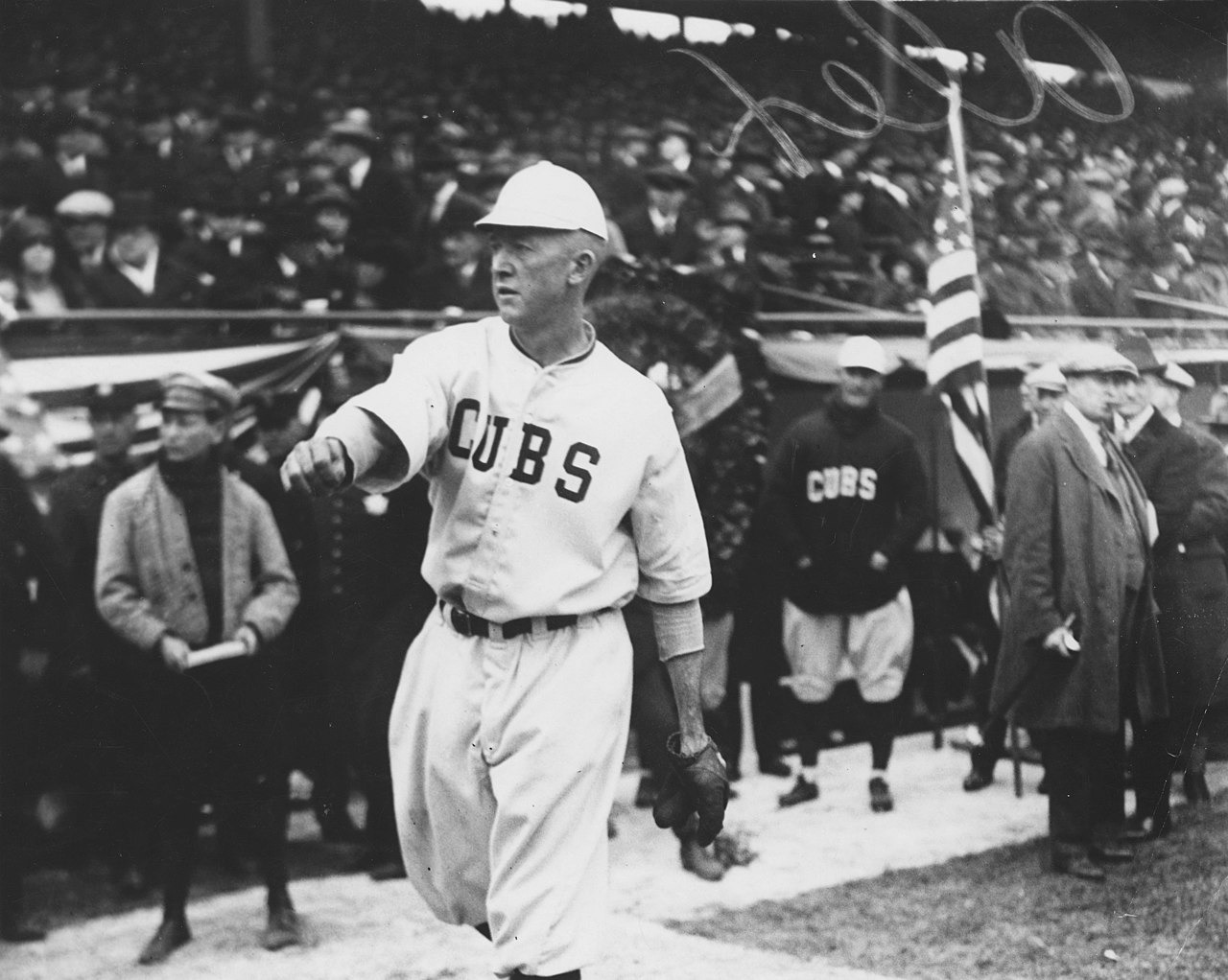
Elba, Nebraska launched one of baseball’s greatest pitching legends in Grover Alexander. The right-hander earned 373 career wins with a 2.56 ERA across the Deadball Era and beyond. His three pitching Triple Crowns demonstrated complete dominance.
Alexander led the league six times in wins and seven times in shutouts. His command and composure under pressure defined greatness across multiple eras. Nebraska’s contribution to baseball immortality proves that talent transcends geographical limitations.
2. South Carolina: Shoeless Joe Jackson
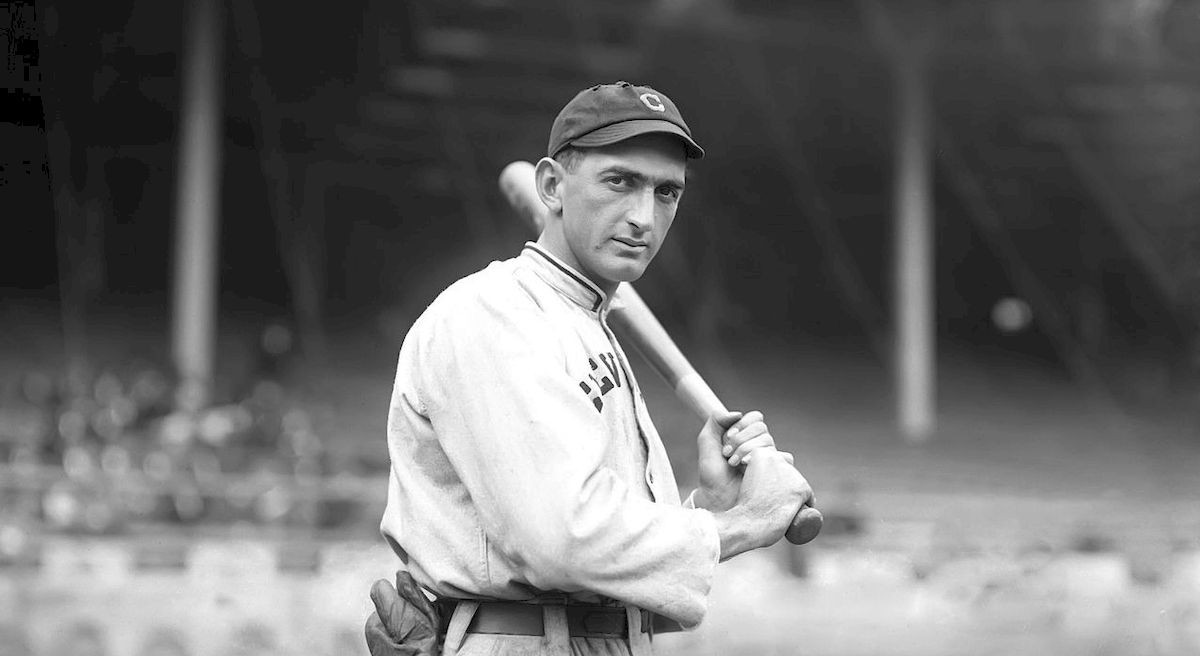
Woonsocket, South Carolina launched one of baseball’s most gifted hitters in Shoeless Joe Jackson. His .356 career batting average ranks third all-time, while he led the American League twice in hits and once in triples. Pure hitting ability defined his controversial legacy.
Jackson’s natural swing and exceptional contact skills created legendary status despite the Black Sox scandal. His talent transcended the controversy surrounding his career. South Carolina’s greatest player reminds everyone that ability alone creates lasting baseball memories.
1. Louisiana: Mel Ott
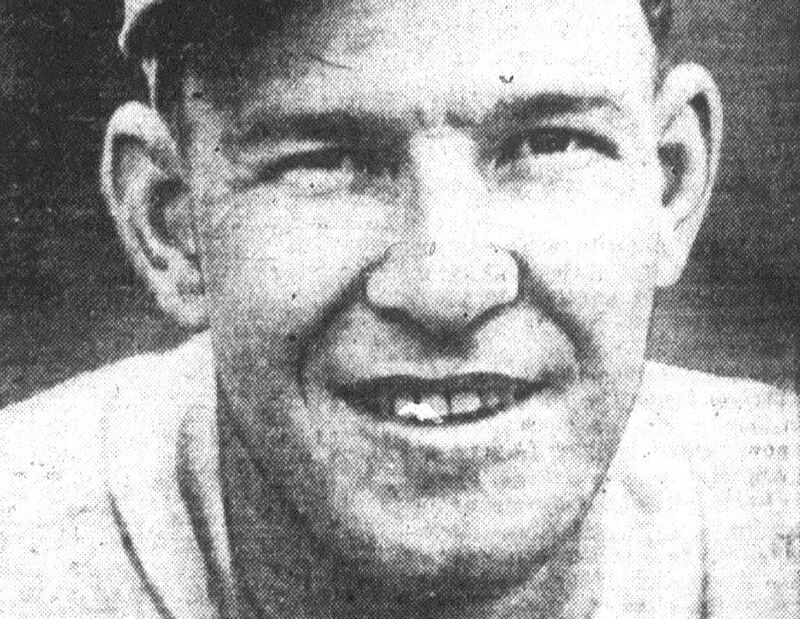
Louisiana launched Mel Ott‘s 22-year career that produced 511 home runs and 12 All-Star selections. The right fielder became the first National League player to reach 500 homers while maintaining a .304 career average. His unique high-leg-kick swing became legendary.
Ott’s approach to plate discipline and power hitting influenced generations of hitters. He led the league six times in home runs while pioneering modern offensive strategies. Louisiana’s greatest baseball export proved that size doesn’t determine power potential.
